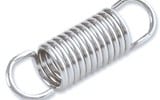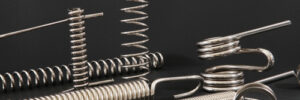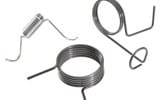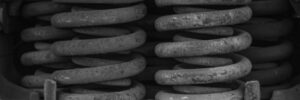
The ingenuity of the coil spring function is in its simplicity, for it is the essence of what a coil spring truly is. Found in numerous products, the coil spring is not simply a mechanical device, but an integral component necessary for those products to function. Manufacturers, companies, and entire industries rely on coil springs… Read more »










